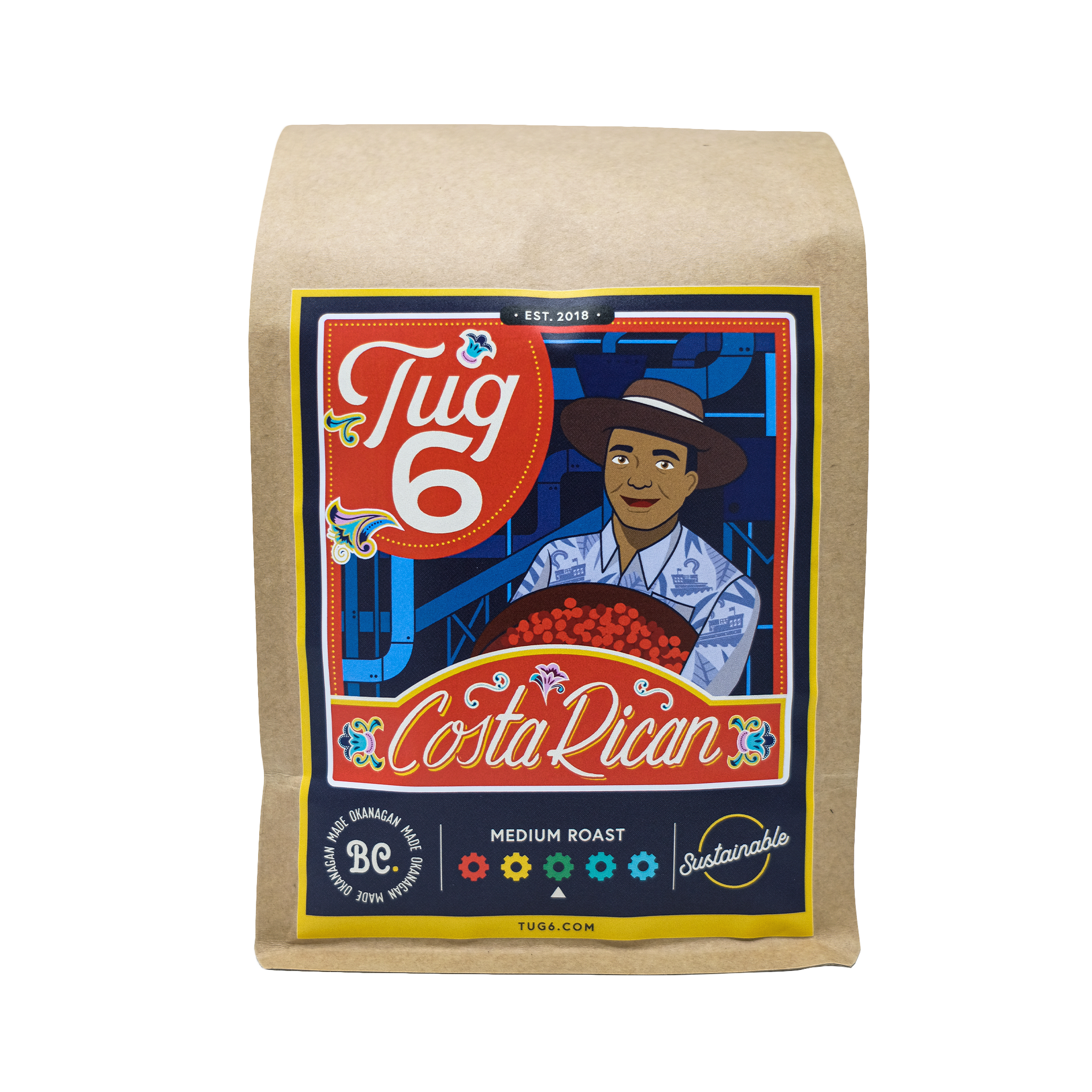Coffee enthusiasts are deeply interested in where their coffee comes from and how it is sourced. This shift has brought terms like "single-origin coffee" into the spotlight. For many, coffee is more than just a morning ritual; it's a craft, an experience, and a reflection of unique geographical and cultural landscapes.
In this article, we’ll explore what single-origin coffee is, why it matters for flavour, and how it differs from blended varieties. We’ll also dive into the factors that affect the taste of single-origin coffee and why knowing where your coffee comes from can enhance your drinking experience.
Article’s sections:
What is Single-Origin Coffee?
Why Does Single-Origin Coffee Matter for Flavor?
Single-Origin Coffee vs. Blends: What’s the Difference?
Why Does Single-Origin Coffee Matter to Coffee Lovers?
How to Brew Single-Origin Coffee for Maximum Flavor







